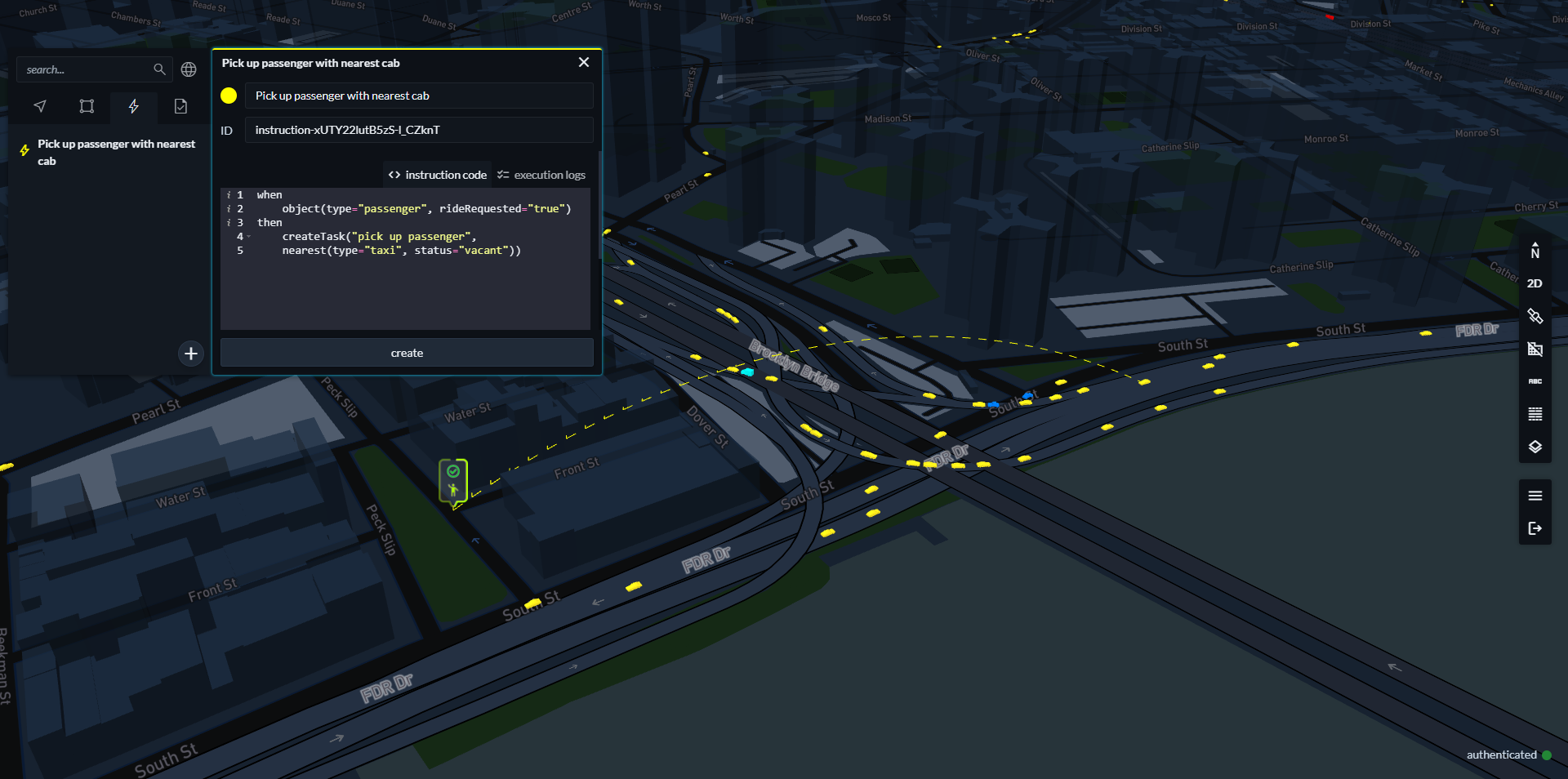Building AI without a Neural Network

Today, we’re in a frenetic race to create artificial intelligence - a human-made thinking system. There are many ways to build such a system - and many promising approaches.
But, rather than widening the aperture of possible designs, we seem to be increasingly narrowing it to Neural Nets - and specifically to GPTs. This is of course understandable. Once you have something that works, it often makes sense to double down and focus.
And there’s nothing wrong with focusing on GPTs either - they are a great solution for a certain set of problems, including pattern recognition, natural language processing or digital asset generation.
But that leaves large and important areas that GPTs are entirely unfit for: Real-time problem solving in dynamic environments, understanding and reacting to current events or spatial reasoning and coordination in the physical world.
Fortunately, one does not have to look far to find thinking systems that are more than capable of addressing these challenges.
Thinking Systems
Swarms, Hives and Colonies have long utilized self organization through simple rulesets and feedback loops. Whether it’s worker bees coordinating large scale pollen collection or termites creating intricate skyscraper sized mounds (relatively speaking) without any central plan or blueprint, emergence has been the driving force behind much of the natural world’s success.
But of course, these mechanisms aren’t restricted to animals. Humans are often most successful when they surrender top down control in favor of participation in complex systems:
Our society is such a system. Rather than each individual fighting for themselves, we engage in behaviors that create higher order patterns that are much more capable of ensuring average survival and prosperity.
Free Market economies are another example. They are a highly efficient, decentralized mechanism of regulating production, routing goods and services and allocating resources.
And, of course, there is the internet - a set of technologies and protocols that has become so much bigger than the sum of its parts would suggest.
All of these are thinking systems, in the same way that our brains or neural networks are. The only difference is that the “neurons” are the agents within the system that are both part of the processor and the application. But the mechanisms of information intake, processing to higher level structures and output are surprisingly similar.

So, what’s the problem?
When it comes to organizing ourselves, we could massively benefit from employing these systems . Whether in shipping, logistic and delivery, coordinating airports, concerts, construction sites or mines, running farms or factories, commanding armies or police forces, dispatching taxis and ambulances, controlling fleets or firefighters - they all employ many individual agents that need to collaborate in a complex, dynamic environment to achieve a common goal.
We have the problem and we know the solution. So why don’t we use it? Why do we resort to simpler and cruder tools to organize ourselves. To hierarchies and org-charts, to static processes and fixed schedules, to clip boards and walkie-talkies?
Because we’re missing a key element that enables systems to turn from complicated to complex, from chaotic to emergent: A communicative fabric.
The mechanism behind real world complex systems requires both simple rulesets and a communicative fabric that allows for real time feedback loops. For flocks of starlings this can be as easy as keeping eye contact with the next bird. For Termites, it is pheromone trails. For societies, it is language, reputation and status. For capital markets, it is money. And for the internet, its the physical wiring and network architecture that makes it all possible.
But for our own operations in the physical world, no such fabric exists.

What we’re building
We want to change that. With Hivekit, we want to create a mechanism that enables this fabric, that provides both rulesets and communication to enable the emergence of higher level behaviours and self organization.
It’s a long journey and an (overly?) ambitious goal - so we broke it down into steps. We’ve started by building the network infrastructure needed to connect millions of people, vehicles, machines and datasources. We visualize these in a 3d digital twin - and we give human operators the tools they need to understand and control their operation, to assign tasks and issue commands, just like playing a realtime strategy game.
But, at the heart of what we’re building is something different. Something new. A distributed spatial rules engine that can process large streams of spatial and machine data, execute instructions in realtime and send events and actions.
This gives us both the interconnectedness and communicative fabric and the rule application that unlock the mechanism behind higher level self organization and emergence.
We’re early in our journey and we’ve only just completed version 1.0. If you think your operation could benefit from it, we’d love to hear from you. Just reach out to as at team@hivekit.io or book a 30 min about your usecase here.